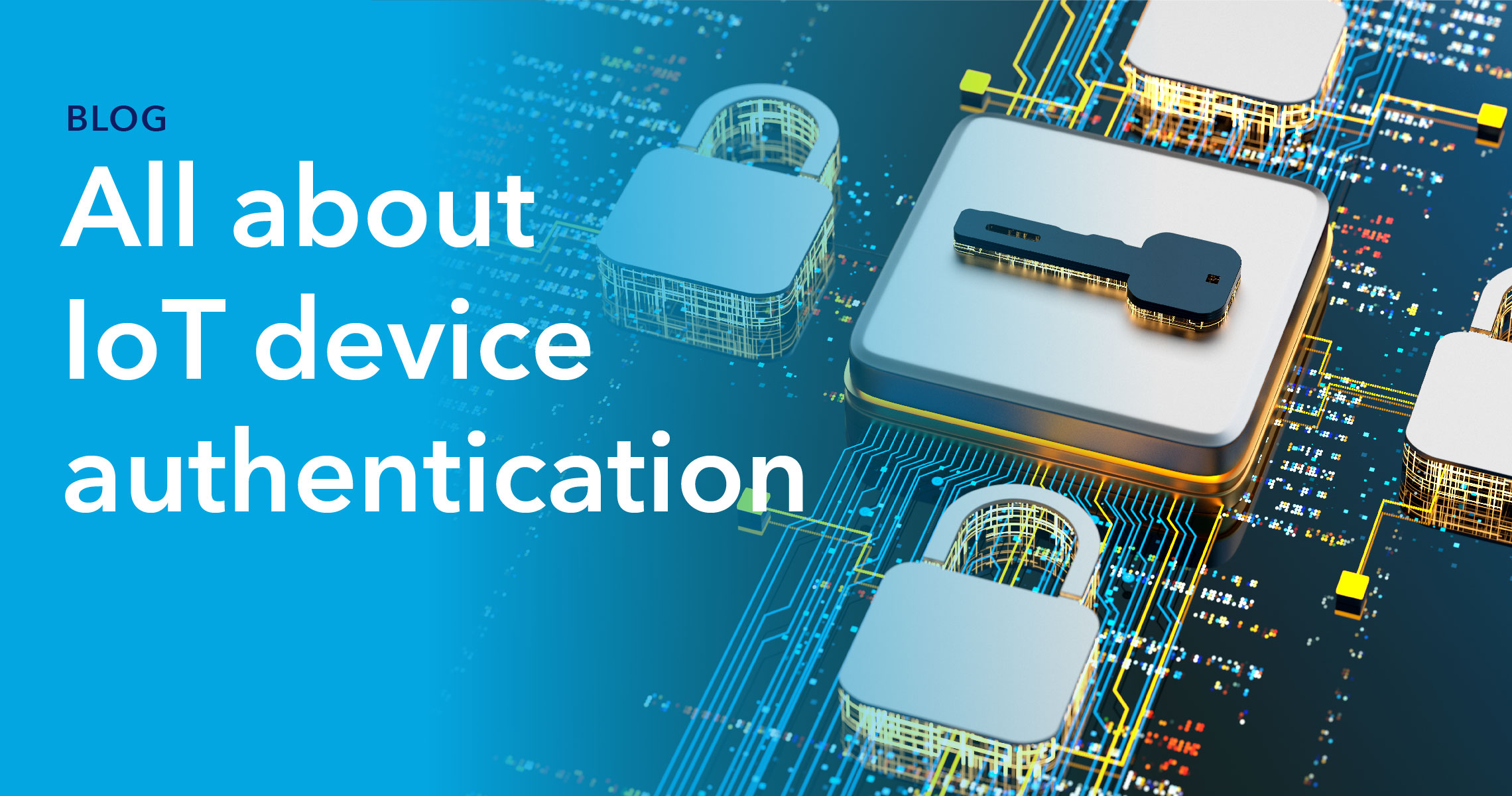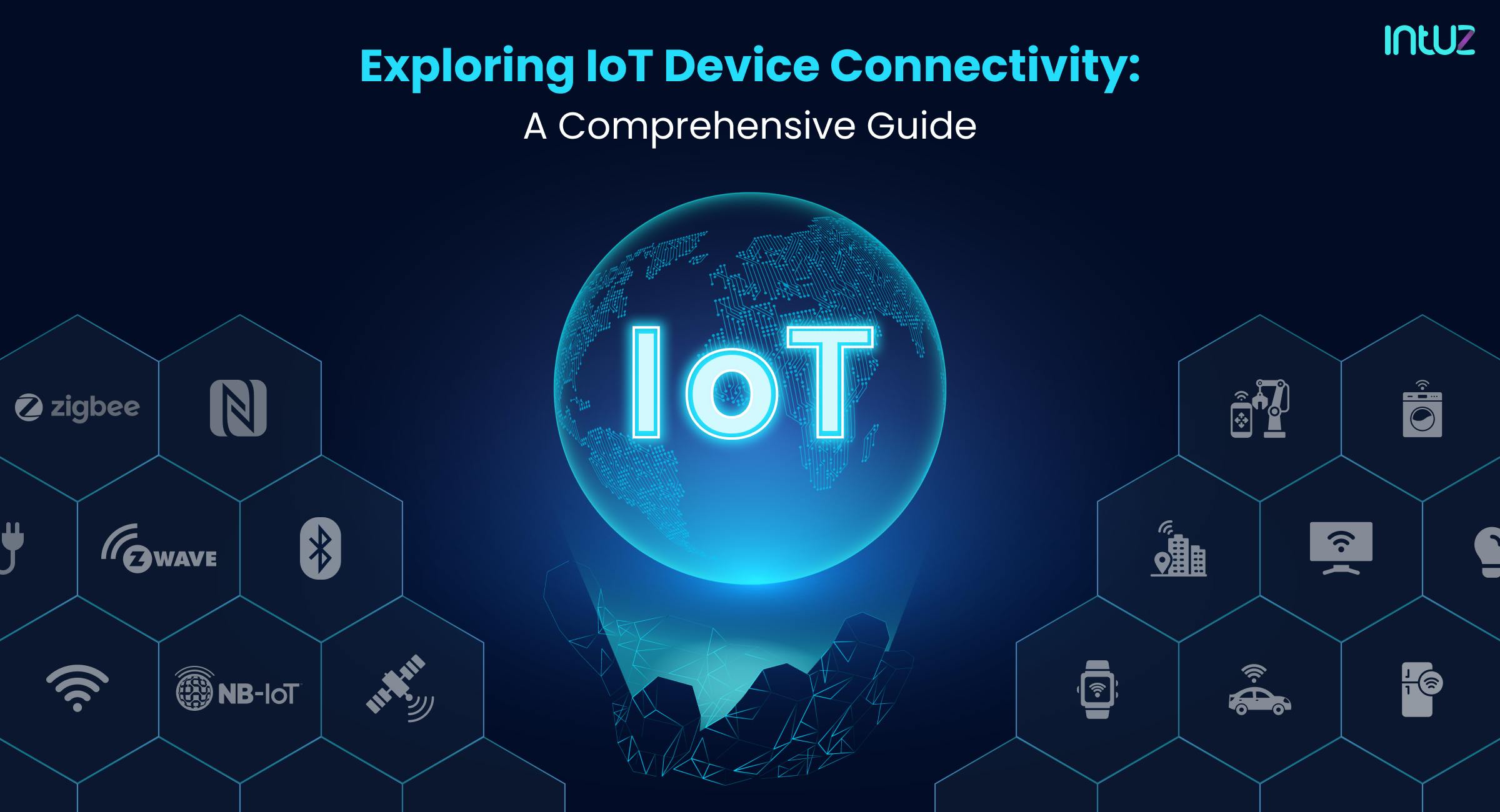Remote IoT Access: Your Guide To Secure Connectivity & Control
Can you truly harness the power of the Internet of Things, or are your devices simply islands of data? Securing remote access to your IoT devices is not just about convenience; it's about unlocking their full potential and ensuring your digital infrastructure is resilient and adaptable.
The proliferation of Internet of Things (IoT) devices has revolutionized how we interact with the world, from smart homes to industrial automation. But with this connectivity comes the critical need for secure and reliable remote access. The ability to connect to and control these devices from afar is no longer a luxury, but a fundamental requirement for effective management, monitoring, and maintenance. Without it, the potential of IoT devices is severely limited.
Remote access to IoT devices over the internet involves establishing a secure connection to devices located in different physical locations. This allows users to monitor and control these devices from anywhere, enabling a wide range of applications, such as smart home automation, remote patient monitoring, and industrial machinery maintenance. The benefits of this are significant; it increases efficiency, reduces operational costs, and enables proactive problem-solving.
The foundation of establishing secure remote access to an IoT device is crucial to efficiently using the internet of things. Ensuring secure remote access provides a dependable way to connect to and handle these devices, permitting users to keep an eye on and control them from any location. This guarantees that the devices are secure, available, and functioning, which is vital for a variety of applications.
One key aspect to consider is the security protocols used to protect the connection. SSH (Secure Shell) is a widely used protocol that provides a secure way to access and manage IoT devices over the internet. It encrypts the data transmitted between the user and the device, protecting it from eavesdropping and unauthorized access. Another approach is to use a secure remote access solution like Splashtop. By installing Splashtop on the network where your IoT devices are hosted, you can remotely access, monitor, and control these devices from anywhere, using a computer or mobile device.
The implementation of remote access solutions is not just a technical endeavor; its about empowering users with the ability to manage their devices effectively, no matter where they are. This includes the ability to diagnose problems, update firmware, and configure settings, all without being physically present. Consider the scenario of a smart home owner who can monitor their security cameras while traveling or an industrial engineer who can troubleshoot machinery from their office.
Several technologies and strategies play a critical role in remote access to IoT devices. Secure Shell (SSH) provides a safe, encrypted connection for remote access, making it possible to manage devices over the internet securely. Virtual Private Networks (VPNs) create a private, encrypted network, ensuring safe access to remote devices. Cloud platforms, such as AWS, offer comprehensive tools for secure IoT remote access, simplifying device management, data analysis, and automation. Solutions like Splashtop offer straightforward methods for remote access, monitor and control IoT devices from any location.
The use of IoT devices has exploded in recent years, and it has brought with it a surge in innovation and automation. As this trend grows, the ability to manage and monitor these devices remotely becomes even more critical. Security is paramount, and choosing the right solutions can help you protect your valuable assets and ensure that data stays secure.
Lets consider the practical implications. Take, for example, a technician who needs to troubleshoot a piece of equipment in a remote facility. They can connect to the device remotely via a secure connection, diagnose the issue, and, if possible, implement a fix. This saves time, reduces travel expenses, and minimizes downtime. In healthcare, this allows doctors and nurses to monitor patients remotely, improving patient care and reducing the need for in-person visits.
IoT SSH over the internet, is an essential tool, it provides a secure way to access and manage your devices. The secure connection is achieved by encrypting the data, shielding it from unauthorized access. When using SSH, the user can remotely access the command line interface of an IoT device. By accessing the device, the user can monitor the data, troubleshoot the problem, configure, and update the software. This is vital for devices that are located in remote locations or where physical access is difficult.
In the realm of IoT, remote access is more than just a function; it's the keystone of seamless management and control. You can manage and monitor IoT devices, set cloud alerts, and run batch jobs on IoT devices. Remote access is integral to the operation of smart home appliances, security cameras, and industrial machinery. The ability to connect to and control these devices from a remote location enhances efficiency and promotes proactive management.
Consider smart home applications. Remote access allows homeowners to monitor their security cameras, control their smart appliances, and adjust their home automation systems from anywhere in the world. In industrial settings, it means maintenance engineers can remotely access and control machinery, diagnose issues, and implement repairs without being physically present. Furthermore, it enables the use of remote patient monitoring devices, such as wearable ECG monitors and blood pressure cuffs, allowing healthcare providers to continuously monitor patients and provide better care.
Manufacturers frequently release patches to address security vulnerabilities, so regular updates are essential. Keeping your devices and firmware up to date is a crucial security measure. Failing to keep the system updated could leave your devices vulnerable to attack. The process of maintaining the system has to be done frequently to ensure your devices remain safe and functional.
Remote access to IoT devices is not without its challenges. Firewalls and NAT (Network Address Translation) can complicate the process, preventing direct connections to devices. However, solutions exist to overcome these hurdles, such as the use of reverse proxies or VPNs, allowing remote access without exposing the devices IP address. Another issue is that you'll need a secure connection, which encrypts all data. It is recommended that you keep your devices and firmware updated.
Remote access to IoT devices over the internet is essential. This capability allows users to access, monitor, and control their devices from any location, which improves efficiency, lowers operational costs, and promotes proactive problem-solving. It enables users to manage their devices effectively, whether theyre troubleshooting a piece of equipment, monitoring patient health, or controlling smart home appliances. The benefits are apparent and they make remote access a crucial component of any IoT strategy.
The evolution of remote access is also driving the development of advanced solutions. The use of cloud platforms and edge computing is becoming more common. Cloud platforms provide scalable infrastructure and comprehensive tools for IoT device management, data analysis, and automation. Edge computing brings processing power closer to the device, reducing latency and improving responsiveness. These technologies are vital in driving the efficiency of remote access to IoT devices.
As we wrap up this discussion, lets recap the key points. IoT SSH provides a secure way to access and manage IoT devices over the internet. IoT remote access means connecting and controlling multiple Internet of Things (IoT) devices from a remote location. These devices are usually accessed remotely from a central dashboard, such as smart home appliances, security cameras, or industrial machinery. Ensure that your devices and firmware are up to date. Manufacturers regularly release patches to fix security vulnerabilities, so regular updates are essential.
The future of IoT is intrinsically linked to the robustness and availability of remote access solutions. As the number of connected devices grows exponentially, so will the importance of secure, reliable, and efficient remote access. The ability to monitor, manage, and control these devices from anywhere will not just be a convenience but a necessity for businesses, healthcare providers, and individuals alike. The ability to solve a range of common IoT problems, including remote access to IoT devices through firewalls and NAT, without exposing an IP address, will become increasingly valuable.
In conclusion, the ability to remotely access your IoT devices is a critical feature. It ensures the efficient management, monitoring, and maintenance of these devices. By understanding the technologies, security protocols, and best practices associated with remote access, you can unlock the full potential of your IoT devices and protect your digital infrastructure. Securing remote access to your devices is not a luxury; it's a fundamental necessity in today's interconnected world.
Heres how remote access to IoT devices over the internet works:
You can control IoT devices over the internet by using a secure remote access solution like Splashtop. By installing Splashtop on the network where your IoT devices are hosted, you can remotely access, monitor, and control these devices from anywhere, using a computer or mobile device. Remote SSH IoT over the internet with AWS examples isnt just a tech buzzword; from setting up secure connections to leveraging advanced AWS services, this guide has equipped you with the knowledge and tools to take your IoT projects to the next level.
Don't forget to bookmark these resources for future reference. They'll come in handy as you dive deeper into the world of IoT SSH.
Iot ssh provides a secure way to access and manage iot devices over the internet.
Iot remote access means connecting and controlling multiple internet of things (iot) devices from a remote location.
They are usually accessed remotely from a central dashboard.
This enables users to monitor and manage their iot devices from anywhere, such as smart home appliances, security cameras or industrial machinery.
Finally, keep your devices and firmware up to date. Manufacturers frequently release patches to address security vulnerabilities, so regular updates are essential.
Remote connect iot device over internet example in practice
You can control iot devices over the internet by using a secure remote access solution like splashtop.
By installing splashtop on the network where your iot devices are hosted, you can remotely access, monitor, and control these devices from anywhere, using a computer or mobile device.
Remote ssh iot over the internet with aws examples isnt just a tech buzzword;
From setting up secure connections to leveraging advanced aws services, this guide has equipped you with the knowledge and tools to take your iot projects to the next level.
Solve a range of common iot problems, including remote access to iot devices through firewalls and nat, without exposing an ip address.

How To Remote Connect IoT Device Over Internet Example A Complete Guide

Mastering IoT Device Remote SSH Free Examples And Practical Tips

How To Remote Connect IoT Device Over Internet Example A Complete Guide